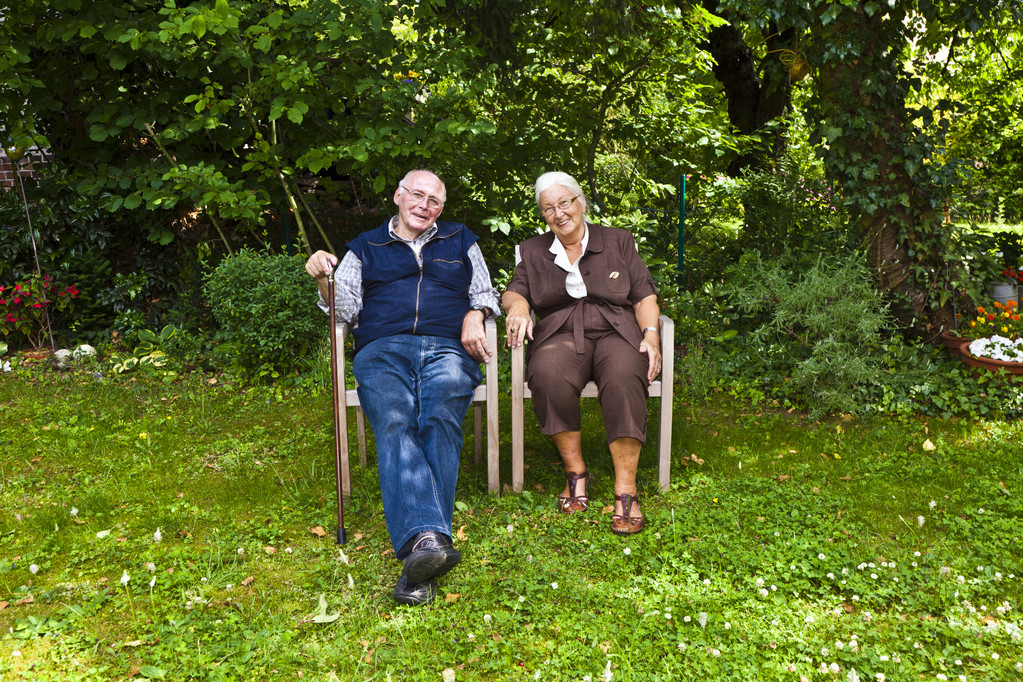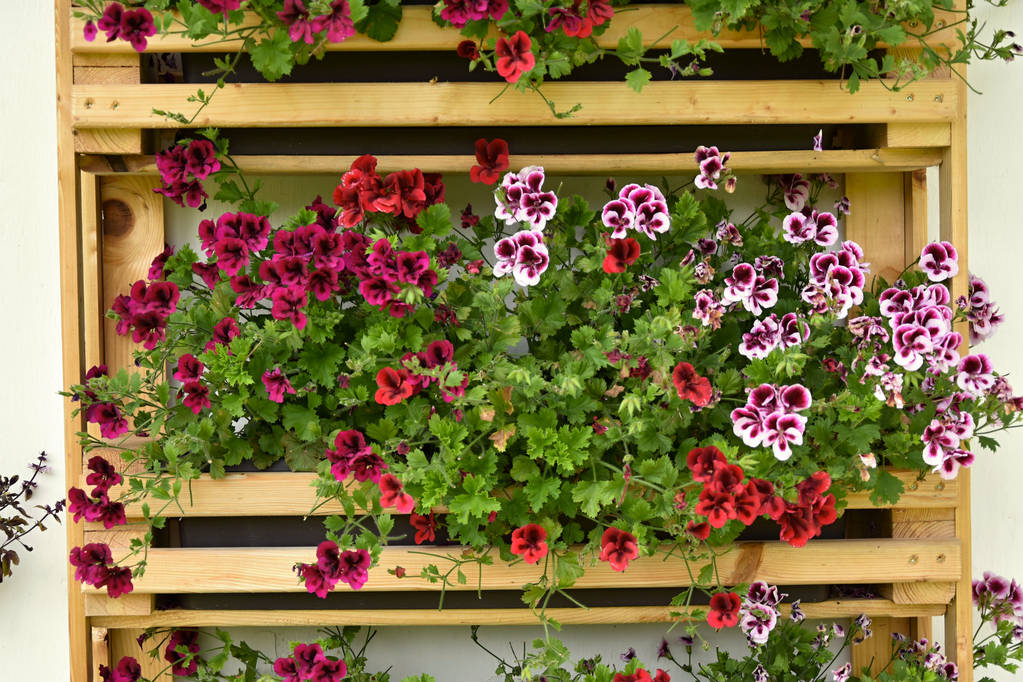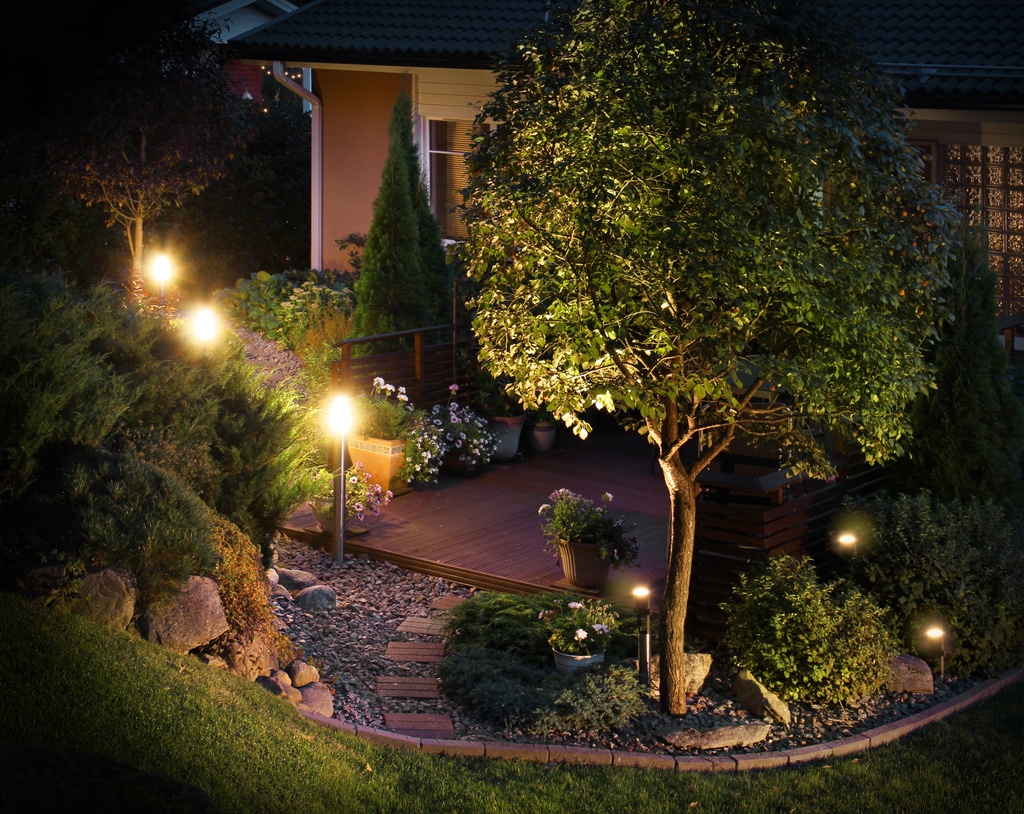As we age, maintaining a beautiful and functional outdoor space can become more challenging. However, with thoughtful planning and design, you can create an outdoor environment that is both enjoyable and easy to manage.
Here are some practical tips and ideas to help you adapt your outdoor space to be more accessible and low-maintenance as you grow older.
Design for Accessibility

- Pathways and Walkways: Ensure that all pathways are wide, smooth, and level to accommodate mobility aids such as wheelchairs, walkers, or scooters. Non-slip surfaces like textured concrete, bricks, or paving stones are ideal. Gentle slopes or ramps should replace steps to prevent tripping hazards and facilitate easier movement.
- Raised Beds and Containers: Raised garden beds reduce the need to bend or kneel, making gardening more comfortable. They can be built to a height that suits your needs, typically around waist height. Containers and hanging baskets can also bring plants within easy reach. Ensure they are sturdy and placed on stable surfaces.
- Seating Areas: Create multiple seating areas throughout your garden to provide places to rest. Benches, chairs, or even built-in seating can be strategically placed in shaded or scenic spots. Ensure the seating is comfortable, with armrests and back support for ease of use. Composite decking from companies like Maple Plastics will make spaces that last a long time with little extra maintenance needed.
Choose Low-Maintenance Plants

- Perennials and Ground Covers: Opt for perennial plants that return year after year, reducing the need for replanting. Ground cover plants can fill large areas, suppress weeds, and require minimal maintenance – look for plants like creeping thyme, sedum, and hostas.
- Native Plants: Native plants are bred for the local climate so they are easier to maintain. They generally need less water, fertilizer, and pest control, enabling your garden to flourish with minimal effort.
- Drought-Resistant Plants: Select drought-resistant plants to minimize watering needs. Succulents, ornamental grasses, and certain shrubs like lavender and rosemary are excellent choices. These plants are not only low-maintenance but also add texture and beauty to your garden.
Simplify Garden Care
- Automated Irrigation Systems: Install an automated irrigation system to ensure your plants are watered consistently without the need for manual effort. Drip irrigation systems are efficient and deliver water directly to the plant roots, therefore reducing water waste and promoting healthy growth.
- Mulching: Mulch helps retain soil moisture, suppress weeds, and regulate soil temperature. Organic mulches such as bark chips, straw, or compost can improve soil quality as they decompose. A thick layer of mulch around plants and garden beds reduces the frequency of watering and weeding.
- Easy-Care Lawn Alternatives: Replace high-maintenance lawns with alternatives like ground cover plants, artificial turf, or hardscaping features such as gravel, paving stones, or decking. These options require less mowing, watering, and fertilizing, freeing up more time for relaxation.
Incorporate Functional Elements

- Vertical Gardening: Vertical gardens use wall space for planting, reducing the need for bending or kneeling. Trellises, wall-mounted planters, and living walls can hold a variety of plants, including flowers, herbs, and vegetables. This method is not only practical but also adds visual interest.
- Outdoor Lighting: Install adequate lighting to ensure the safety and usability of your outdoor space after dark. Solar-powered lights along pathways, motion-sensor lights near entrances, and well-placed spotlights can illuminate key areas, reducing the risk of falls and enhancing the ambiance.
- Storage Solutions: Keep garden tools and supplies within easy reach by using storage solutions like garden sheds, tool racks, and storage benches. Organize tools so that they are easy to find and access, reducing the need for bending or stretching.
Carry Out Sustainable Practices
- Composting: Composting kitchen scraps and garden waste creates nutrient-rich compost that can be used to improve soil health, therefore reducing the need for chemical fertilizers. A compost bin placed in a convenient location can make composting an easy and sustainable practice.
- Rainwater Harvesting: Installing rain barrels to collect and store rainwater can provide an eco-friendly water source for your garden. This practice reduces the reliance on tap water and lowers water bills. Ensure the barrels are placed in accessible locations for easy use.
- Wildlife-Friendly Features: Encourage wildlife by incorporating bird feeders, bird baths, and native plants that attract pollinators. Not only do these features support local ecosystems, but they also add to the enjoyment of your garden, bringing nature closer to you.
In conclusion, making your outdoor space easier to manage as you age involves thoughtful design, selecting low-maintenance plants, and incorporating practical elements. By adopting these strategies, you can create a beautiful, accessible, and sustainable garden that continues to bring joy and relaxation with minimal effort.
